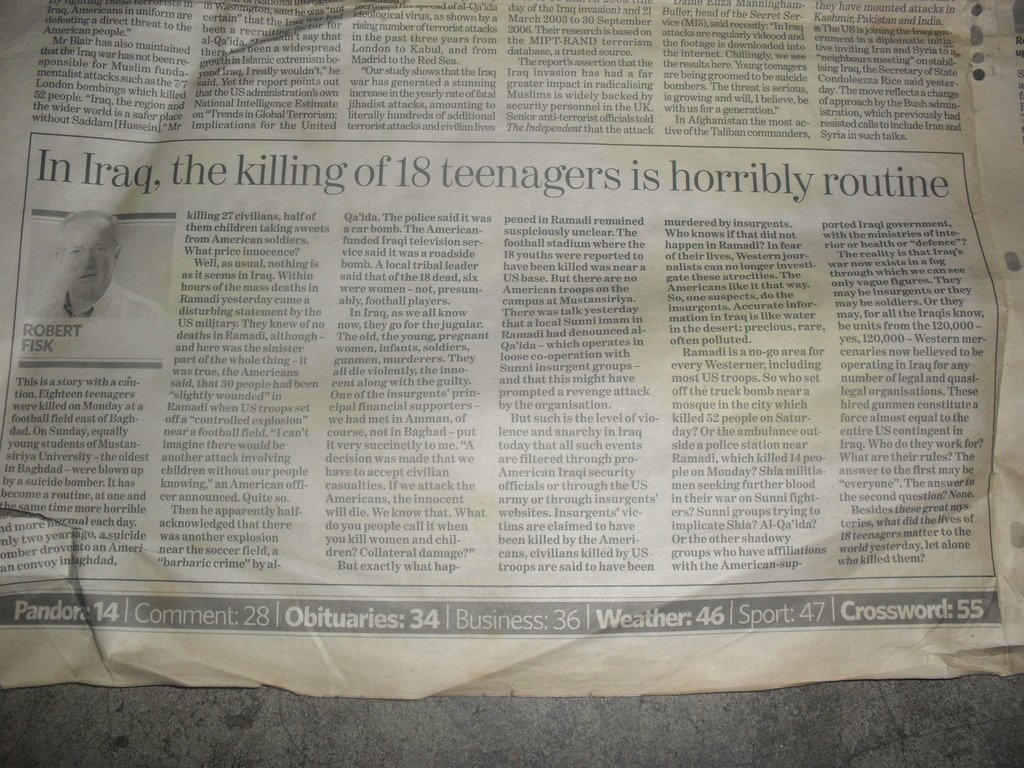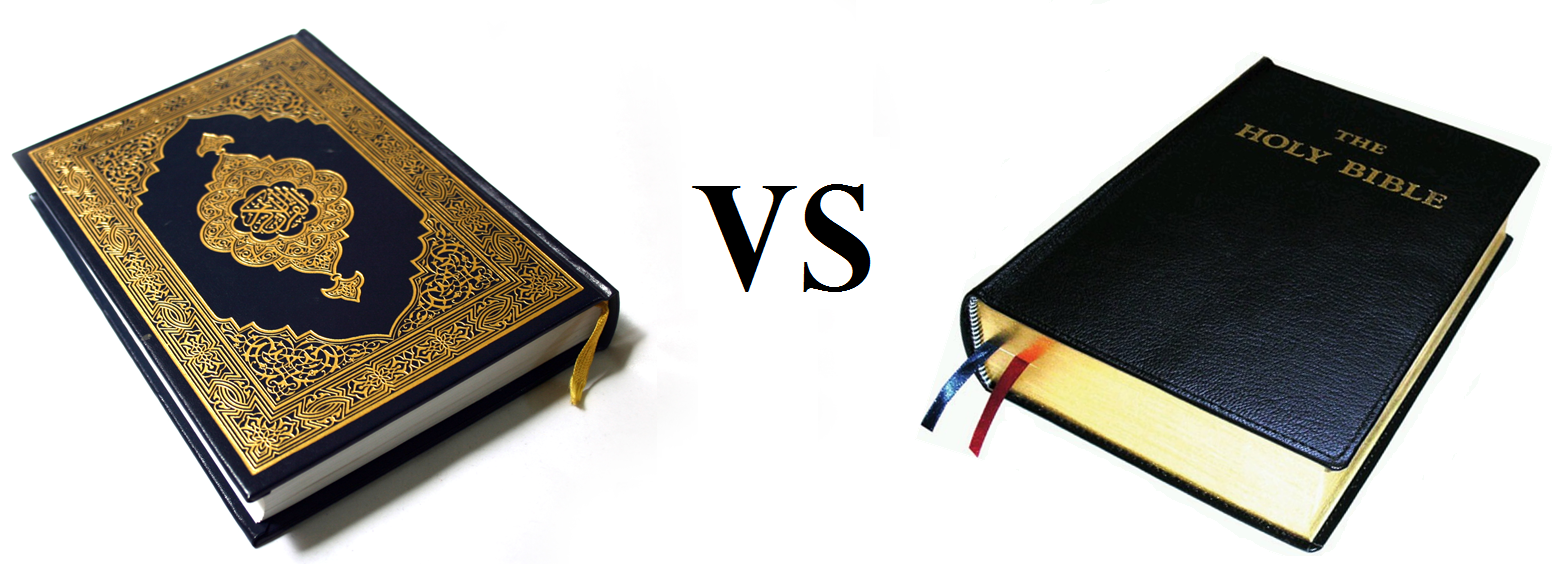

Sadeghi states that there isn’t enough information on early writing styles to narrow the dating further but a guess could be taken. The upper text exhibits the type of writing style that you would typically see in the first century: some time between the death of the Prophet (632AD) to the start of the 7th century (700AD) is quite feasible. Of more interest is the dating of the text itself. The main differences between the Uthmanic Qur’an and the upper Sana’a’ text are mostly due to how words are spelled. The upper text has been found to be the standard Uthmanic Qur’an we have today. In this article we shall look at both the upper and lower texts individually. Scholars can read both the erased and the apparent text (called the “lower” and the “upper” text respectively) due to modern lighting methods. In 1972 an assorted collection of old parchment pieces were found hidden between the ceiling of the Grand Mosque of San’a’ and the roof, of these are several Qur’anic manuscripts. Very intriguingly, one group of such Qur’anic manuscripts contain two Qur’ans: The original text which was erased and written over with another Qur’anic text. Now that this is out of the way, let’s discuss the important things: The Sana’a manuscripts! The Sana’a Manuscripts However it seems that with some words of the manuscript the dots were omitted, possibly to allow for multiple readings. Scribes used them to their own discretion. not dotted) text, they still sound and mean a different thing.ĮDIT 10th April 2015: A minor correction, the arabic script DID have dots. Take the example I have given above: The word underlined can be read “Ta’maloona” and “Ya’maloona”, while both of them have the same skeletal (ie. As such, some of the dialects survived: As long as any dialect fit the Uthmanic manuscripts, and actually did trace back to the Prophet himself, it was and still is considered a divinely inspired and authoritative reading. There were multiple ways to read the mushaf (written Qur’anic text) because of this. He was unable (or perhaps unwilling) to confine the Qur’an to just one qira’at (reading) because the arabic text at the time did not have dots. When Uthman compiled the Qur’an, what he essentially did was to limit the number of the possible readings of the Qur’an. The Uthmanic text and the current variant readings. This is because the allowance of multiple readings is a concession, not a requirement for knowing the whole Qur’an itself.
It has also been held by Muslims that any one reading of the Qur’an is sufficient to know the contents of the whole Qur’an. The significance of the multiple readings. Nobody was allowed to simply replace any word they liked because it was difficult to pronounce or they did not like it: The change in wording had to be approved by the Prophet himself.

The variation between the dialects at most encompass the replacing words for their synonyms. I have previously given an example of a Quranic variant in another article of mine, for the sake of demonstration here is that same example: This point cannot be stressed enough: The Qur’an was allowed to have certain selected variants in them by the permission of the author. Islamic tradition records that during the time of the Prophet, there was an authoritative allowance for variance in the possible readings of the Qur’an in order to facilitate easier recital and memorization by the arabs.This is because the arab tribes did not all speak the same dialect as the Qurayshi arabs, the tribe of the Prophet himself. The Qur’an during the time of the Prophet Muhammad (ص) Before we look at an analysis of the manuscripts, it’s important to understand *what* the Qur’an actually is and is not with regards to its text. In other words, this valuable find is currently the only manuscript we have that survived the destruction of the non-Uthmanic variants by the 3rd caliph and his committee. This is because they represent a Qur’an that is uniquely non-Uthmanic, that is, one of the manuscripts that does not descend from the text that the third Caliph Uthman (ر) had compiled. بسم الله Perhaps the most intriguing discovery in the field of Qur’anic studies in the last several decades is the Sana’a manuscript finding.


 0 kommentar(er)
0 kommentar(er)
